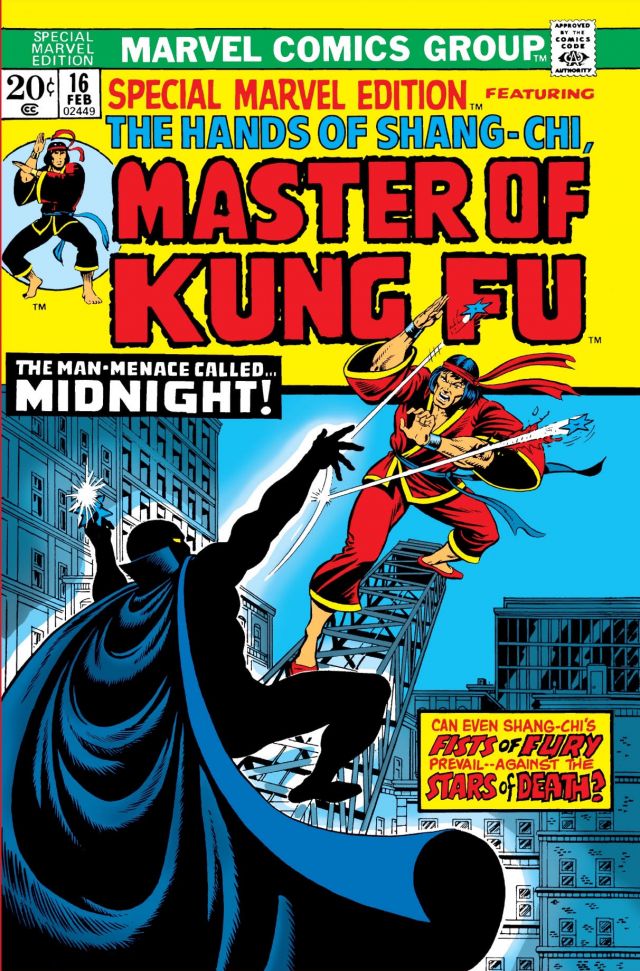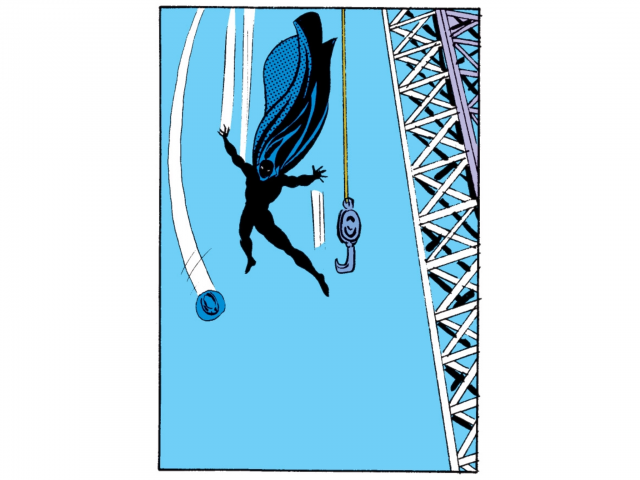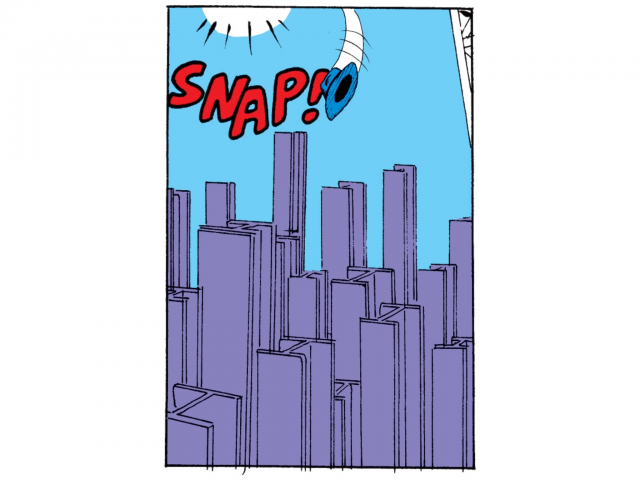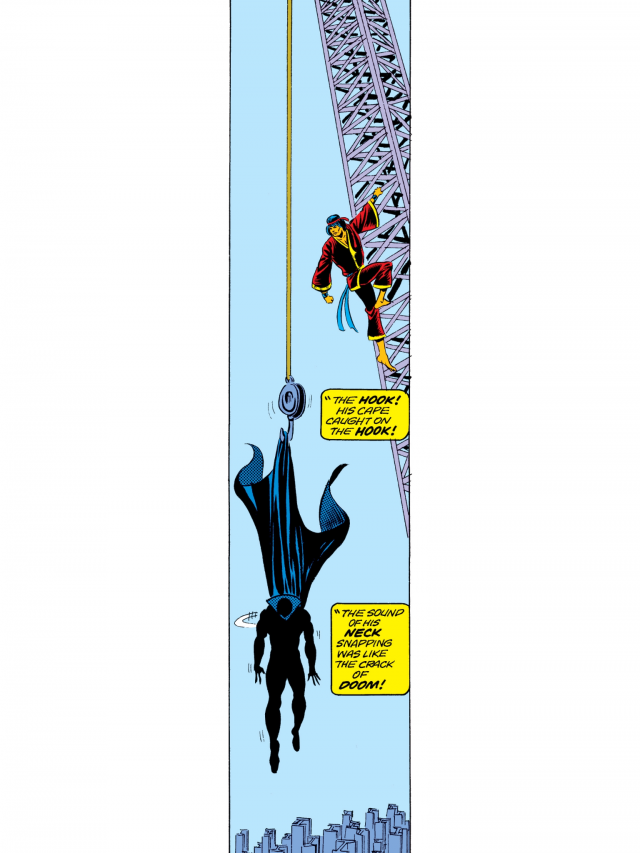
I was away on a long course for a full week recently, so began reading quite a lot of comics digitally again. US publisher Marvel had a large and outrageously priced sale recently and I picked up loads of old favourites. At 69p for a trade that can often be twenty odd quid in a physical format, I found it hard to resist…
Now as anyone who has met me for even the smallest moments knows I am a huge fan of Marvel’s Master of Kung-Fu, a character that epitomises, for me, the strengths of the Bronze Age. A period when comics became my entire world.
So after buying all the issues, often multiple times, the hardback and having ordered the soft cover I decided to try buying it digitally and seeing how it held up in guided view.
I’m a convert to digital comics. The reason that I finally caved came for a number of reasons. I’ve been sent a lot of comics for review digitally, so I’ve gotten used to reading them this way. I have also been on the road a lot with work and it’s an easy option to have a tablet full of comics rather than a suitcase.
So I decided to re-read Special Marvel Edition #16 featuring The Hands of Shang-Chi, Master of Kung Fu (yes,that was the title), a comic that I have looked at many times but never in “Guided View“, the reading format available via the Amazon-owned Comixology app, among other digital delivery options they produce. (The issue is part of Master of Kung Fu Epic Collection: Weapon of the Soul (Master of Kung fu (1974-1983) collection, released just last month).
That panel by panel at a swipe reading experience is now also a reading experience I have now become used to.
Published in early 1974, the comic was written by Steve Englehart with art by Jim Starlin and Al Milgrom, with colours by Linda Lessman and letters by Tom Orzechowski. Roy Thomas was the Editor.
This issue of Marvel Special Edition is genuinely amazing that, story wise, would quite possibly represents a whole run of a modern series. Shang-Chi has turned away from his manipulative father who forced him to kill in his name. He is now in a strange land, trying to rectify past mistakes and stay alive, under attack from assassins sent to kill him. Then, one of his few friends, a man he grew up with, appears and tries to kill him.
It’s a story of friendship and betrayal, Shang-Chi a man of peace, is forced to kill.
Very soon after this, Englehart was to pass the writers duties to Doug Moench and Jim Starlin left the book and passed the art duties to Paul Gulacy. This is the title that you should read. It says so much and is original in many, many ways. It was a shortish run (ending at #125) and is now, finally, getting reprinted. The issues are never a short read and well worth your money.
#16 was only the second appearance of Shang-Chi. But I already felt like I knew what he was about.
So – how did the Guided View differ from the printed page? How does it change the reading experience?
As a kid, I loved the combination of action and strangeness in Master of Kung-Fu. It had the iconic inner monologue of the central character that really made you feel like you really got into his problems and quest. But it was at moments coldly violent, like all the good 42nd Street martial arts movies of the time.
The moment that Midnight and Shang-Chi finally face off is a famous sequence in the comics. One whole page shows us the death of Shang’s childhood friend. There’s not getting around the fact that Shang does in fact kill him. This is how I saw this as a kid and since…





The founder of downthetubes, which he established in 1998. John works as a comics and magazine editor, writer, and on promotional work for the Lakes International Comic Art Festival. He is currently editor of Star Trek Explorer, published by Titan – his third tour of duty on the title originally titled Star Trek Magazine.
Working in British comics publishing since the 1980s, his credits include editor of titles such as Doctor Who Magazine, Babylon 5 Magazine, and more. He also edited the comics anthology STRIP Magazine and edited several audio comics for ROK Comics. He has also edited several comic collections, including volumes of “Charley’s War” and “Dan Dare”.
He’s the writer of “Pilgrim: Secrets and Lies” for B7 Comics; “Crucible”, a creator-owned project with 2000AD artist Smuzz; and “Death Duty” and “Skow Dogs” with Dave Hailwood.
Categories: Creating Comics, Digital Comics, downthetubes Comics News, downthetubes News, Features, Reviews